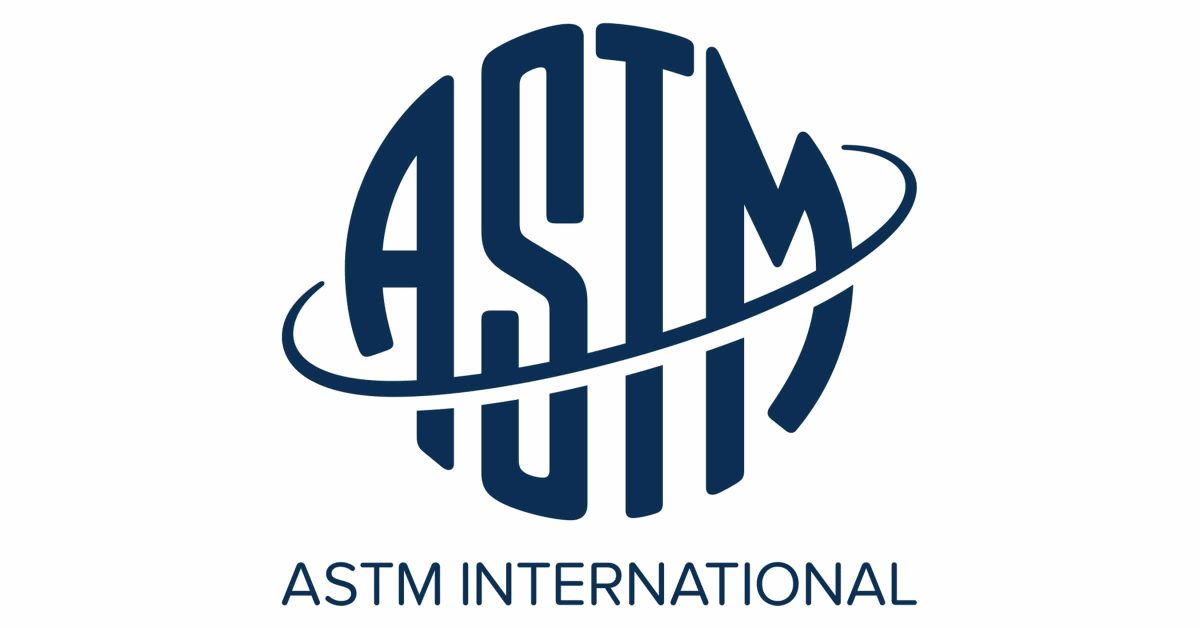The differences between ASTM F1554 and A193-B7 standards
plclermont
on
17 October 2023
Differences Between ASTM F1554 and A193-B7 Standards
The ASTM F1554 specification was introduced in 1994 and covers anchor bolts designed for anchoring structural supports to concrete foundations. F1554 anchor bolts can come in the form of headed bolts, straight rods, or bent anchor bolts. The three grades 36, 55, and 105 denote the minimum yield strength (ksi) of the anchor bolt.
The ASTM A193 specification was initially approved in 1936 and is a chrome-molybdenum alloy steel. The B7 grade achieves its strength through a heat-treating process where it is quenched and tempered at 1100 degrees F. For high-temperature applications, the B7 grade alloy is highly sought after due to its tensile strength and excellent heat resistance. It is widely used in oil and chemical construction applications.
The main difference between ASTM F1554 Grade 105 and ASTM A193 Grade B7 is that while both offer high strength, they are suited for different applications. ASTM F1554 Grade 105, with a minimum tensile strength of 125 ksi, is used for anchor bolts that require high strength in general construction applications. In contrast, ASTM A193 Grade B7, also with a minimum tensile strength of 125 ksi, is utilized in environments where high temperatures and high pressure are critical factors. Additionally, unlike Grade 105, which can be welded with proper precautions, Grade B7 is not weldable.

